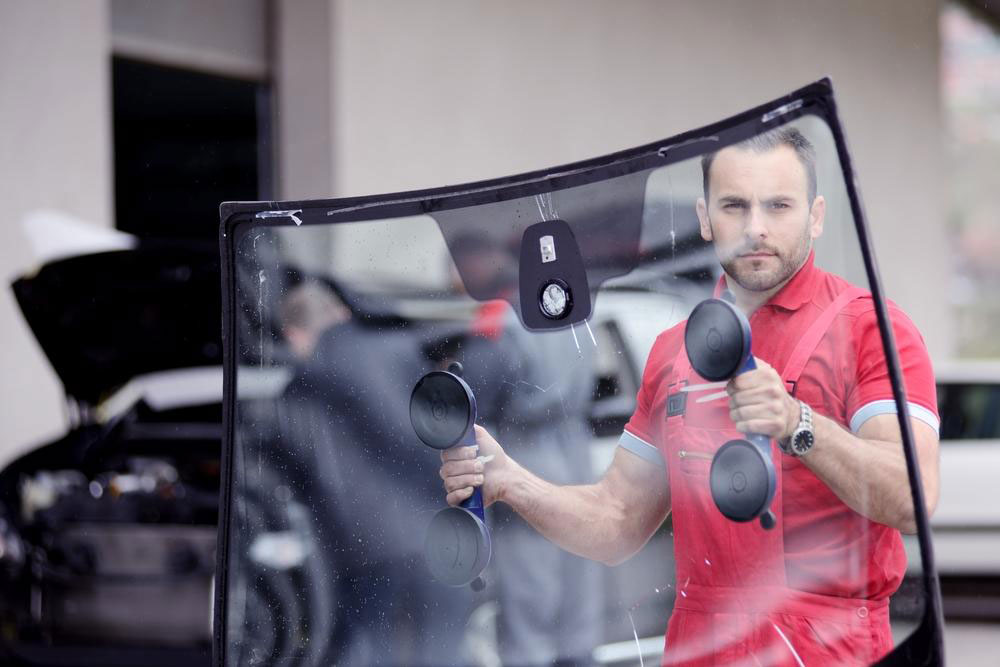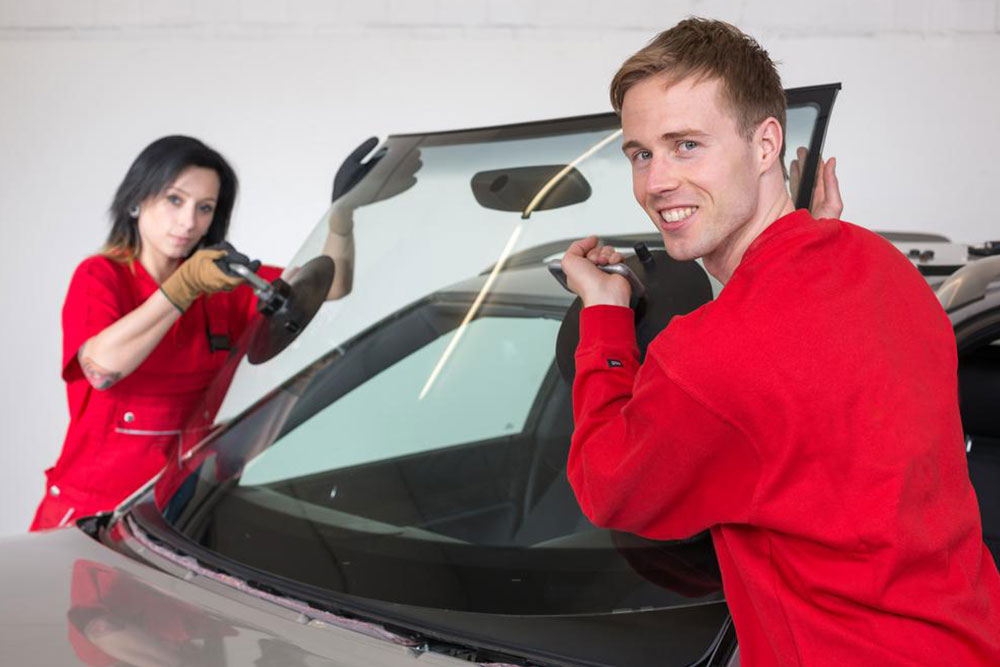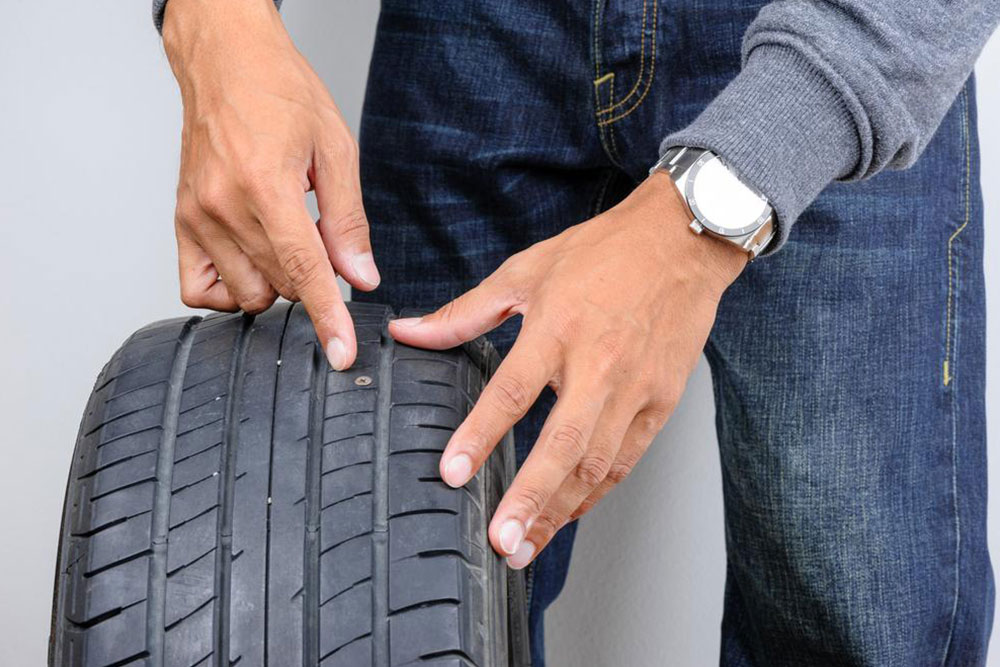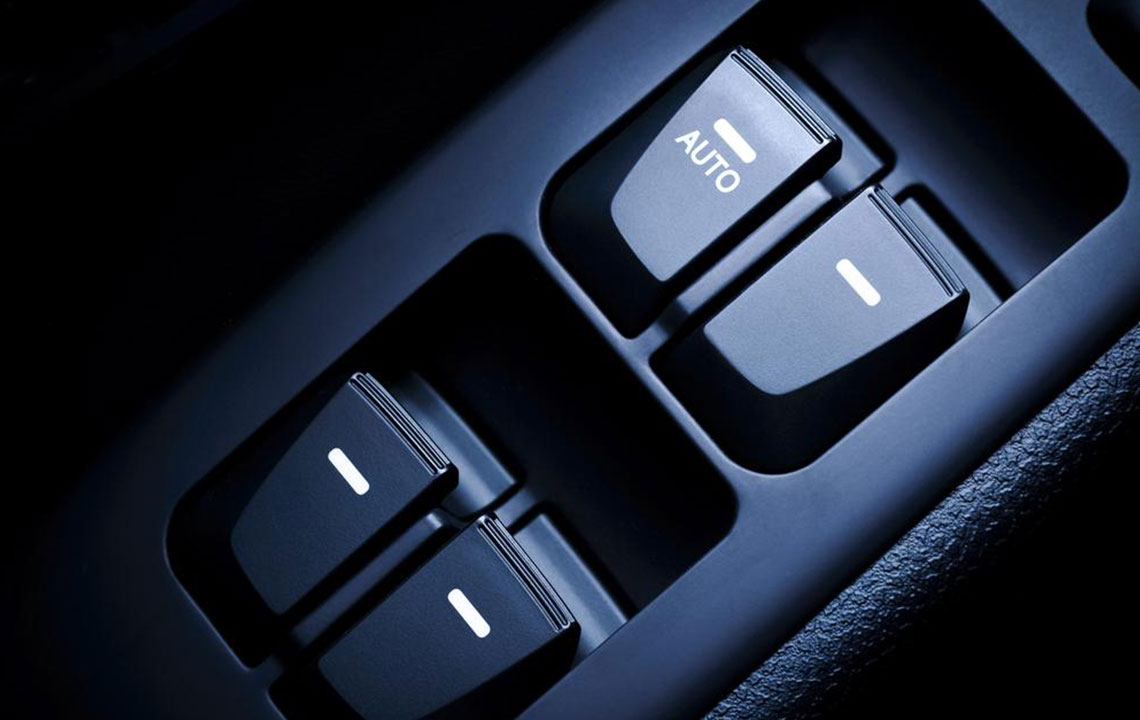Complete Overview of Vehicle Windshields: Types, Safety Features, Maintenance & Innovations
This comprehensive guide explores vehicle windshields, covering their construction, safety features, types, maintenance, and recent innovations. Learn about the importance of laminated glass, impact resistance, regulatory standards, and options for different vehicle types including cars and motorcycles. Understand the importance of timely replacement and how modern technology integrates into windshield design for enhanced safety and driver convenience. Whether for routine maintenance or upgrades, discover what makes a quality windshield and how to choose the right one for your vehicle needs.

Complete Overview of Vehicle Windshields: Types, Safety Features, Maintenance & Innovations
A vehicle windshield serves as a critical component in automotive safety and design, engineered specifically to protect drivers and passengers from external hazards while maintaining structural integrity. These windshields are primarily constructed from laminated safety glass, which involves layering two sheets of glass with a resilient plastic interlayer, usually polyvinyl butyral (PVB). This design ensures that in case of breakage, the glass fragments adhere to the plastic layer, significantly reducing the risk of injury from flying shards. This protective barrier is not limited to passenger cars but also extends to buses, trucks, motorcycles, and even trains, highlighting its importance across various transportation modes.
The fundamental function of the windshield is to shield the vehicle's occupants from road debris, insects, and environmental elements such as dust and wind. Additionally, modern windshields often incorporate ultraviolet (UV) blocking coatings that curb harmful rays from penetrating the glass, thereby protecting skin and interior materials from UV damage. Advances in material science have led to the development of high-strength laminated glass that enhances resistance to impacts, providing robust safety assurance in the event of accidents.
Historically, windshields were made of ordinary, unlaminated glass, which posed significant safety risks because shattered glass could cause severe injuries. Recognizing these dangers, manufacturers shifted towards laminated safety glass, which better withstands impact and prevents dangerous shards from dispersing during accidents. The inclusion of cellulose-based polyvinyl butyral interlayers in laminated glass increases the glass's durability and safety performance, making it an essential safety feature for all modern vehicles.
Vehicle windshields are manufactured in diverse shapes, sizes, and curvature designs to accommodate specific vehicle models, from compact cars to large trucks and specialized transport vehicles. The design specifications are influenced by factors such as aerodynamics, aesthetic appeal, and functionality. Regulatory agencies impose strict requirements concerning tinting and color application to ensure safety; for instance, dark tints on the upper portion of the windshield are often restricted to prevent sun glare and enhance driver visibility in different lighting conditions. Heavily tinted windshields that impair visibility are generally prohibited on public roads.
In the context of motorcycles and custom bikes, windshields are optional accessories, primarily aimed at increasing rider comfort and protection against wind and debris. Motorcycle windshields are usually smaller, made from lightweight materials like polycarbonate or acrylic, and are designed to withstand typical impacts from road hazards. Many bikers opt for helmets equipped with visors or goggles to serve in place of larger windshields, although some long-distance riders install custom windshields for enhanced wind protection during extended trips.
It is crucial to note that any damage to a vehicle windshield necessitates immediate replacement. Repair methods are generally ineffective once the glass sustains significant cracks or chips, especially in critical areas. Replacing a windshield requires precise installation, often involving a curing period during which adhesive materials set, ensuring the windshield is securely affixed without gaps. This process guarantees that the windshield will perform optimally, maintaining safety and structural integrity during driving.
For vehicle owners, selecting high-quality, durable, and affordable windshields is essential. Numerous manufacturers now offer a wide range of options designed to meet safety standards while fitting various vehicle specifications. Whether for routine replacements or upgrades, professional installation ensures proper fitment and adherence to safety regulations. Technological innovations continue to improve windshield features, including augmented reality displays, rain sensors, and acoustic insulation, which further enhance driving safety and comfort.





